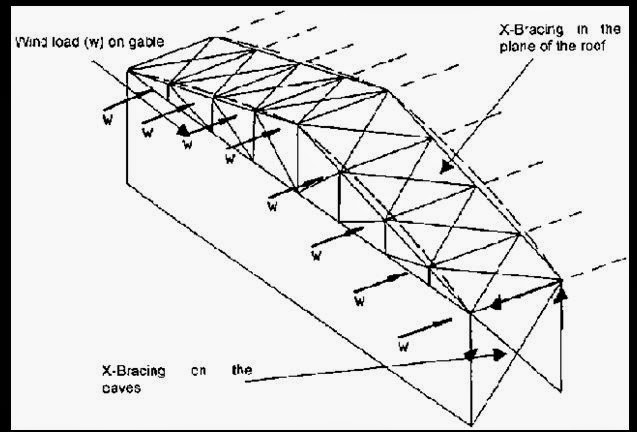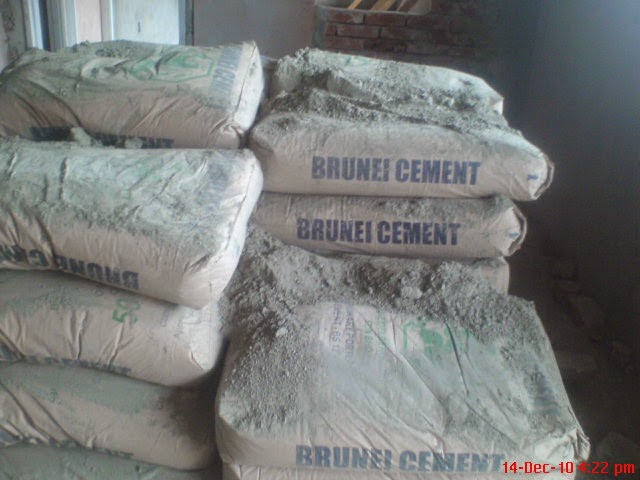base isolation-lead bearing
Lead-rubber bearings are the
frequently-used types of base isolation bearings. A lead rubber bearing is made
from layers of rubber sandwiched together with layers of steel. In the middle
of the solid lead “plug”. On top and bottom, the bearing is fitted with steel
plates which are used to attach the bearing to the building and foundation. The
bearing is very stiff and strong in the vertical direction, but flexible in the
horizontal direction.
How it Works
To get a basic idea of how base isolation works, first examine the
above diagram. This shows an earthquake acting on base isolated building and a
conventional, fixed-base, building. As a result of an earthquake, the ground
beneath each building begins to move. . Each building responds with movement
which tends towards the right. The buildings displacement in the direction
opposite the ground motion is actually due to inertia. The inertia forces
acting on a building are the most important of all those generated during an
earthquake.
In addition to displacing towards right, the un-isolated building
is also shown to be changing its shape from a rectangle to a parallelogram. We
say that the building is deforming. The primary cause of earthquake damage to
buildings is the deformation which the building undergoes as a result of the inertial
forces upon it.
Response of Base Isolated Buildings
The base-isolated building retains its original, rectangular
shape. The base isolated building itself escapes the deformation and
damage-which implies that the inertial forces acting on the base isolated
building have been reduced. Experiments and observations of base-isolated
buildings in earthquakes to as little as ¼ of the acceleration of comparable
fixed-base buildings.
Acceleration is decreased because the base isolation system
lengthens a buildings period of vibration, the time it takes for a building to
rock back and forth and then back again. And in general, structures with longer
periods of vibration tend to reduce acceleration, while those with shorter
periods tend to increase or amplify acceleration.



Comments
Post a Comment